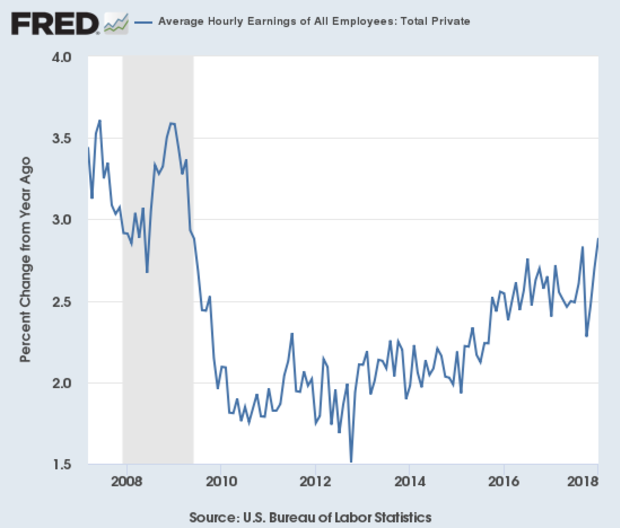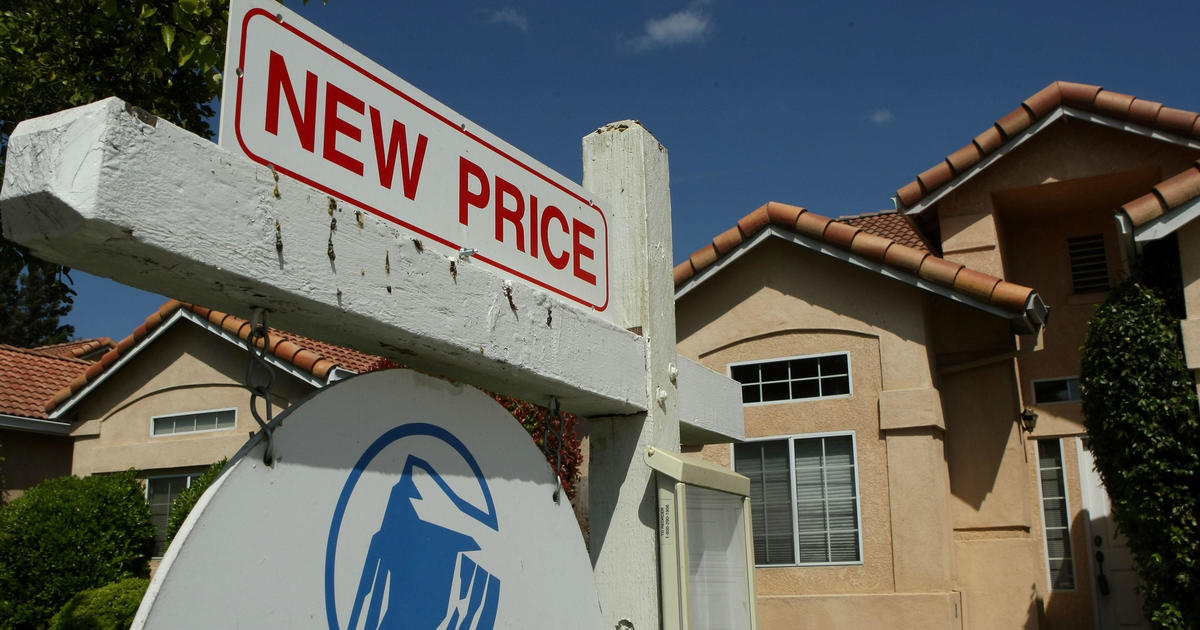High stakes as Fed Chair Jerome Powell goes before Congress
The Janet Yellen era is over.
Jerome Powell, Yellen's successor as Federal Reserve chair, is stepping directly into the spotlight on Tuesday when he appears before Congress for the first time in his new role. And the stakes could hardly be higher.
Stocks are just recovering from one of the most harrowing declines on record -- with prices falling more than 10 percent at their lows. Leading the tumble were fears over rising wages, higher inflation and increasing interest rates. Some dovish comments from Powell's Fed colleagues (talking up the specter of more bond-buying stimulus in the next recession, for instance) have since calmed nerves.
But the underlying trends remain, with wage inflation set to rise further. And that means markets could be set for another wave of selling in the weeks to come.
Bank of America Merrill Lynch's chief investment strategist Michael Hartnett advises investors to prepare for higher volatility to persist. His Bull & Bear Indicator remains deep in "Sell" territory because "excess optimism continues on risk assets," and thus the "pain trade for stocks and credit [is] still to the downside."
His team expects the incoming economic data to be "stagflationary/policy hawkish" resulting in another risk-off bout of selling. The consequence of a multitude of structural factors -- higher inflation, a tightening labor market, fiscal malfeasance in Washington, Fed rate hikes, trade tensions -- is captured in the way the U.S. dollar has been trending lower (although it enjoyed a respite in February) while U.S. bond yields rise.
That's a rare phenomenon. How rare? Less than 10 percent of the time over the past 50 years. And those years weren't comfortable: On average inflation rose 2 percent, stocks fell 9 percent and volatility rose 22 points.
Hartnett recommends continuing to watch for evidence of higher wages (chart below) as the barometer for what comes next. Recent comments from Treasury Secretary Steven Mnuchin claimed that higher wages don't necessarily lead to higher inflation, which the Fed's own research suggests is true, when wage gains are relatively muted. However, the connection between rapid wage growth and high inflation is much stronger.
Merrill Lynch global economist Ethan Harris believes the case for higher wage growth is easily made with the economy at or very near full employment -- something the Fed admitted in its most recent meeting minutes.
With the unemployment rate below the Fed's estimate of the "natural rate" and at the lowest level since December 2000, Harris highlights other measures of labor slack that have "improved substantially and are now comparable to their previous-cycle levels": Involuntary part-time employment, the number of discouraged workers outside the workforce and the hiring and quit rate.
Even the labor force participation rate, which is being dragged down because of structural and demographic issues, has improved. The Congressional Budget Office estimates participation was at about 99.4 percent of "potential," a cyclical high. The CBS has penciled in wage inflation of 3 percent by the middle of this year.
And it's looking for the unemployment rate to fall to 3.2 percent by the end of 2019 -- a level last seen in the 1950s.
The result will be an acceleration in the Fed's rate hike pace, with three hikes in 2018 and three more in 2019. That's double what the market has priced in for 2019, and it will worsen losses in the bond market. Buckle up.





